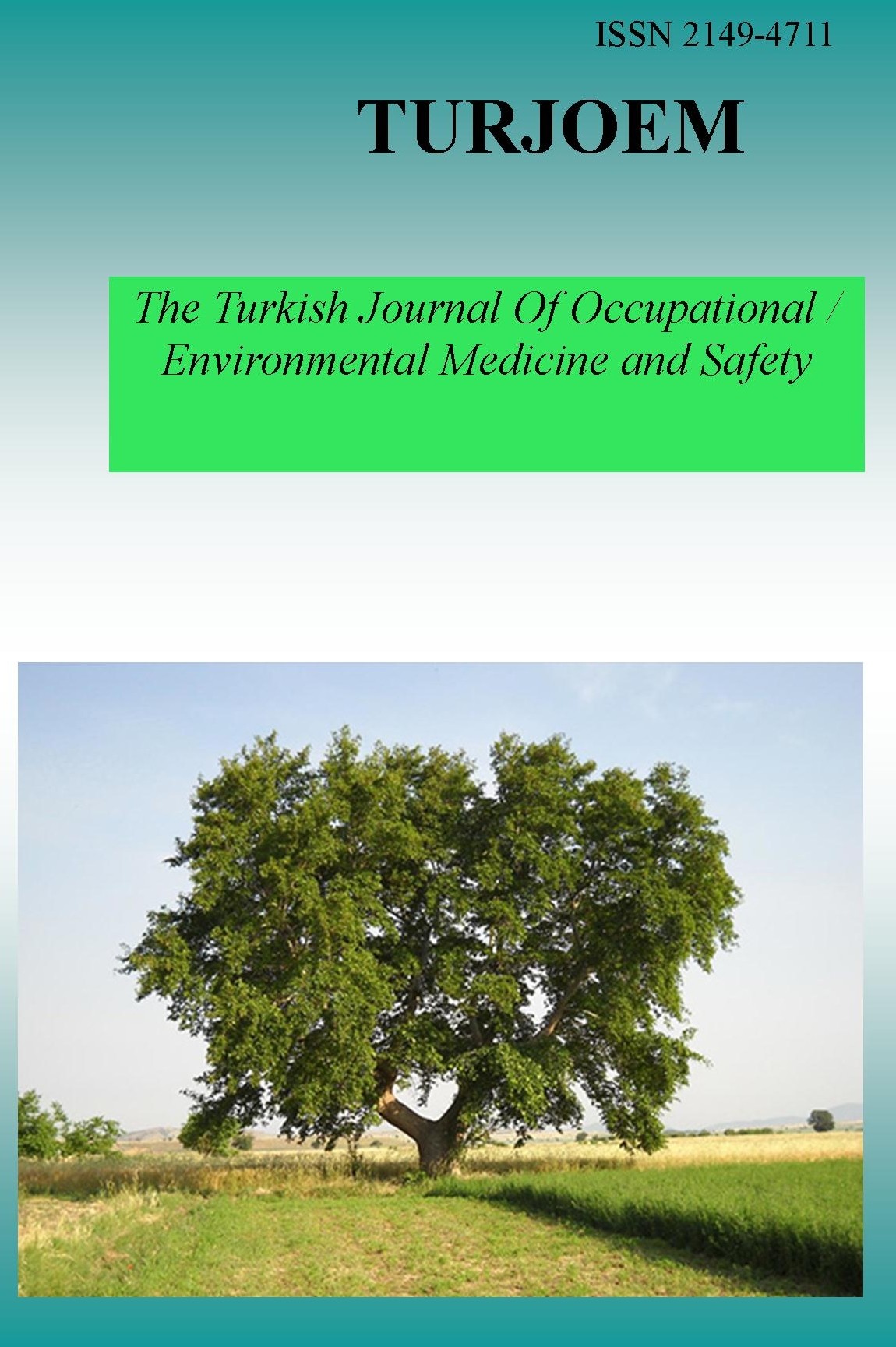CHALLENGES IN IDENTIFYING THE NEW-GENERATION PSYCHOACTIVE SUBSTANCES
CHALLENGES IN IDENTIFYING THE NEW-GENERATION PSYCHOACTIVE SUBSTANCES
___
- Dilek SALKIM IŞLEK, Salih CENGIZ, Gülten RAYIMOĞLU, Fatma ÇAVUŞ Emel Hülya YÜKSELOĞLU
- Istanbul University Institute of Forensic Sciences, 34303, Cerrahpasa, Istanbul, Turkey
- ISSN: 2149-4711
- Başlangıç: 2015
- Yayıncı: Engin TUTKUN
THE ASSOCATION BETWEEN THIOL DISULPHIDE HOMEOSTASIS AND COBALAMIN
Murat ALIŞIK, Salim NEŞELİOĞLU, Cemil NURAL, Betül ÖZBEK, Özcan EREL
ALCOHOL CONTROL MEASURES AND TRAFIC SAFETY
PSYCHOTROPIC SUBSTANCE USE IN KASTAMONU UNIVERSITY STUDENTS'
Esra DEMIRARSLAN, Zeynep ARABACI, Canan KAS GÜNER, Atila ÇAĞLAR
Sevcan MAMUR, Deniz YÜZBAŞIOĞLU, Fatma ÜNAL, Kadriye ALTOK, Serpil Müge DEĞER
PHTHALATES TOXICITY AND ITS DETERMİNATION METHODS IN BIOLOGICAL AND ENVIRONMENTAL SAMPLES
TOXICITIES FROM ILLICIT AND ABUSED DRUGS IN CATS AND DOGS
Begum YURDAKOK-DIKMEN, Ayhan FILAZI
INVESTIGATION OF TOXIC HEAVY METALS IN MINERAL WATER SAMPLES SOLD IN TURKEY
N.Neslihan GEZER, Onur ERDEM, Serdar ÇETİNKAYA, Eyüp ÇIRAK, Cemal AKAY, Zeliha KAYAALTI
FUTURE TRENDS IN FORENSIC SCIENCES
HUMAN PLASMA OCHRATOXIN A LEVELS AND CORRELATION WITH HUMAN RENAL CANCERS
Mehmet Akif KILIC, Firdevs MOR, Ayşegül KARGI
